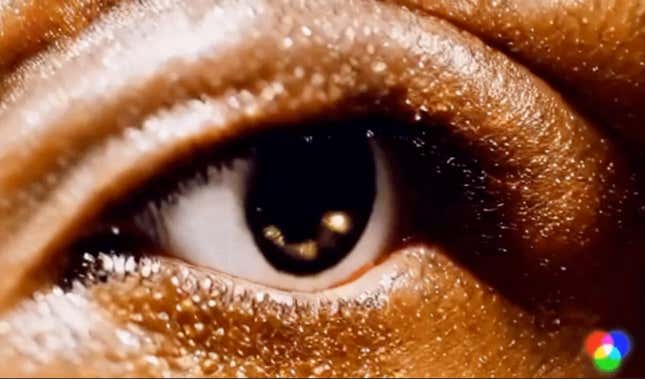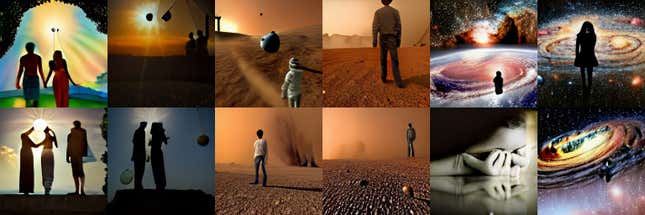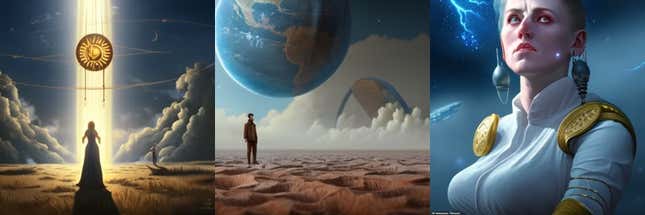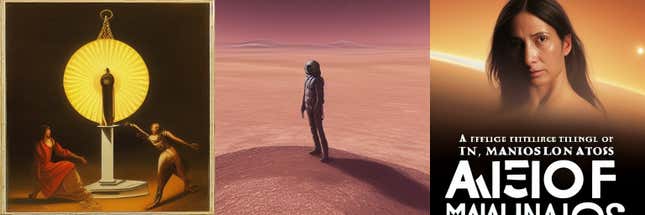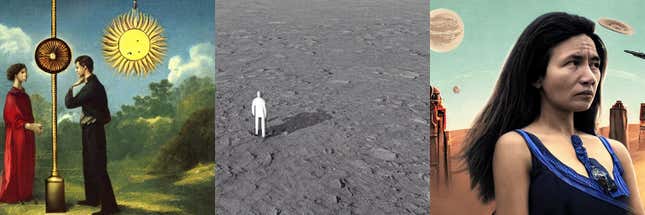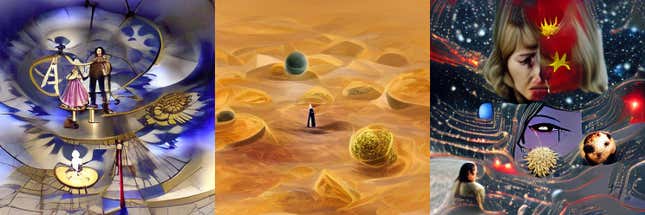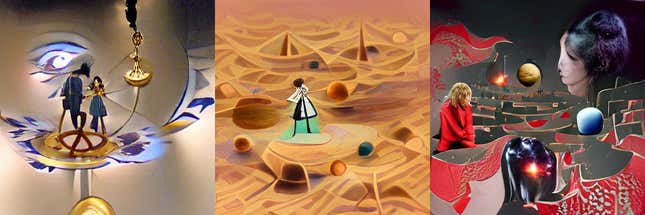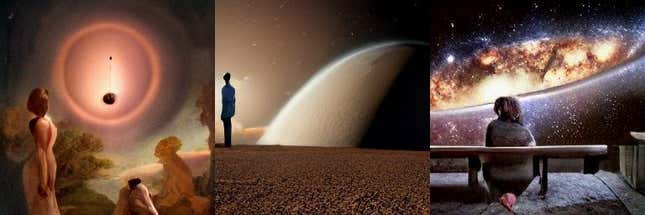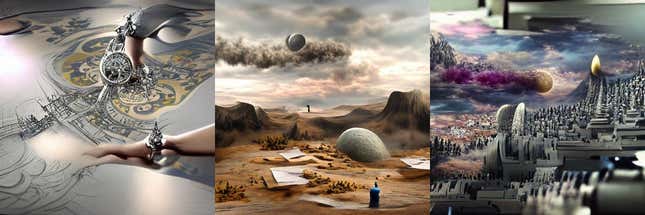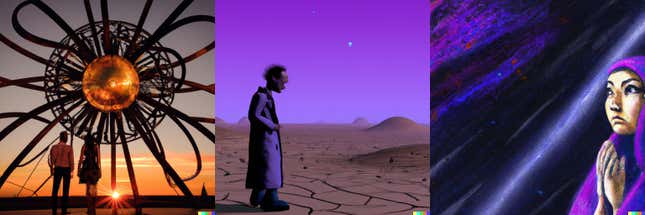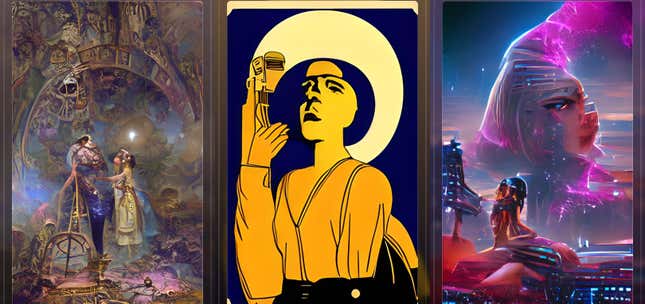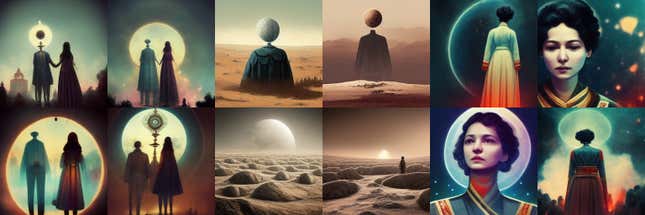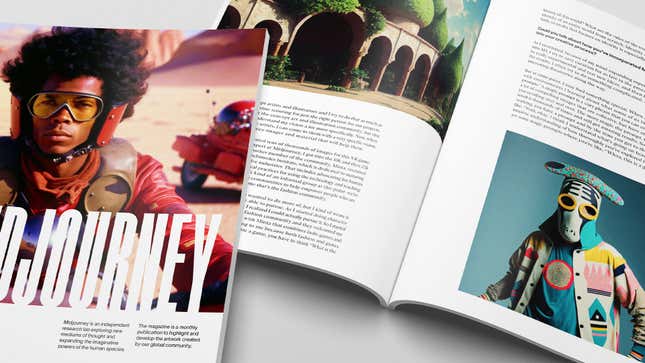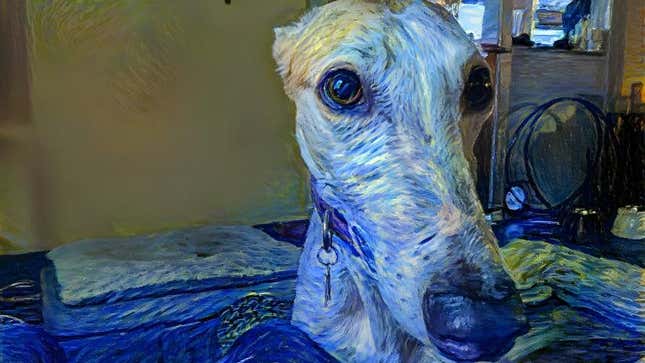
You now can’t go anywhere without finding some company shouting from the rooftops about generative AI. While the folks at Snapchat and Discord are busy slapping OpenAI’s ChatGPT into their systems, companies like Shutterstock and Adobe think more people would be interested in using a AI image generator when grabbing a stock image. Don’t mind Getty Images though, they have some pretty negative thoughts about AI.
Maybe you’re trying to see what the fuss is about, or perhaps you just want to create something new or cool, but AI image generators remains an interesting bit of tech, especially when used for fun and not profit. Leaving the question of whether AI-generated pictures are legitimate “art” by the wayside, the best system-produced images are more than just ways to create strange nightmare depictions of celebrities portrayed in various art styles. At the same time, it’s not enough for the digital artiste to vaguely offer an impressionistic, oddly shaped “interpretation” of users’ original pictures or prompts.
There’s a middle ground amid all this crush between technology and art that even the most untrained in the arts of brush on canvas can comprehend. What can inspire us? What can intrigue us? That is what AI image generators have the capacity to do.
So we turn to the free AI art generators, or at least the ones that offer free trial options. There’s systems like Jasper, which released its AI art generator Jan. 17. But while its program seems interesting, there’s no way to get a free trial without inputting credit card details where it will automatically charge you after five days. Sorry, but that’s not free.
For the purpose of these rankings, I wanted to ignore the hubbub around total terabytes of training images, but the total time it takes to create each image, their standard free resolution, and usability are all taken into account. To best rank each program, I gave them all the same, rather esoteric, text prompts based on some books I’ve recently read. Those books include:
Under the Pendulum Sun by Jeanette Ng
Prompt: “A man and woman stand under a pendulum sun in the heart of Arcadia.”
The Dispossessed by Ursula K. LeGuin
Prompt: “A lone mathematician stands on a dusty planet owning nothing.”
A Memory Called Empire by Arkady Martine
Prompt: “A foreign woman struggles alone against the machinations of a cosmic empire.”
There are several image generators which require photos instead of text prompts. As much as I would like to keep it consistent, I want to be inclusive of different systems rather than exclude them. For the image generating platforms that don’t allow for text prompts, I used the same image for each one:
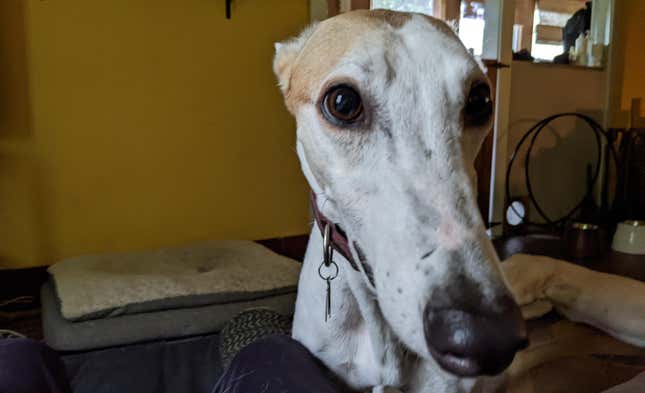
Some systems, like ArtBreeder’s “collager” model, ask users to be a little more creative when generating images by formatting shapes and images into new art. In my own tests I found it did not create art with any meaningful quality, so I did not include that feature in the list. Artbreeder’s “Splicer” model kept deforming the image to the point it was unusable, and I quickly used up its three upload slots for the free version. Sorry, but no dice, Artbreeder.
Also, other systems like MyHeritage’s AI Time Machine sure is neat, but for one, it doesn’t like it when you put in dog pics. More importantly, it requires you invest put in a credit card to sign up for a free trial. That doesn’t meet my definition of “free.”
I’m no art critic by any imagination, but at least I can tell whether AI generated art actually attempted to depict a prompt in a way that’s not derivative or that relies upon copying and replicating art found on the internet.
To be honest, I’m pleasantly surprised by some of the results from a few of the more popular free art generators. Let’s take a look, shall we?
Want to know more about AI, chatbots, and the future of machine learning? Check out our full coverage of artificial intelligence, or browse our guides on How to Use ChatGPT and Everything We Know About the OpenAI chatbot.

